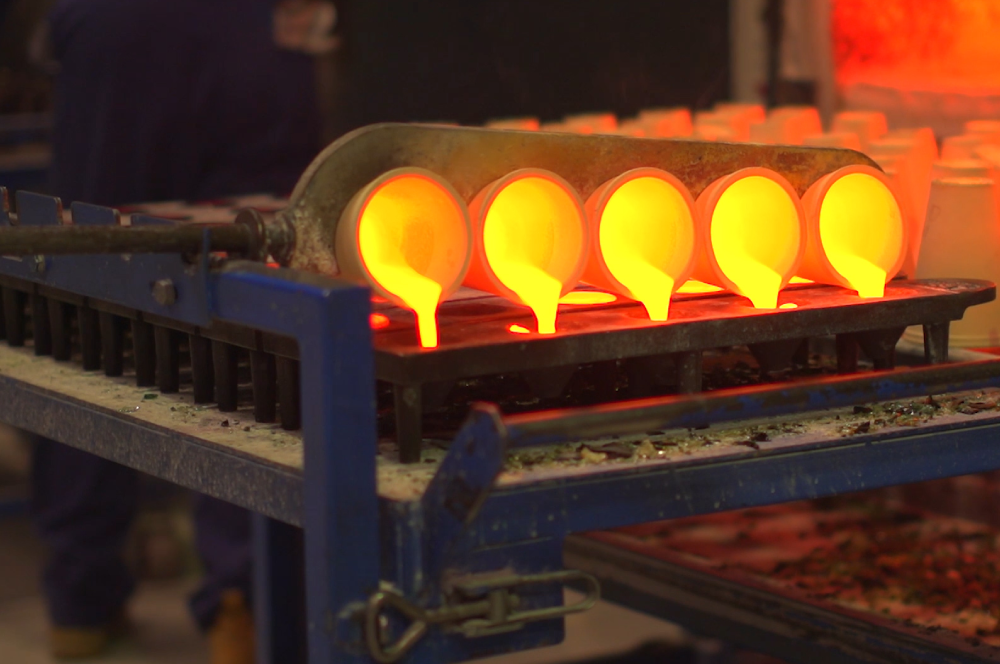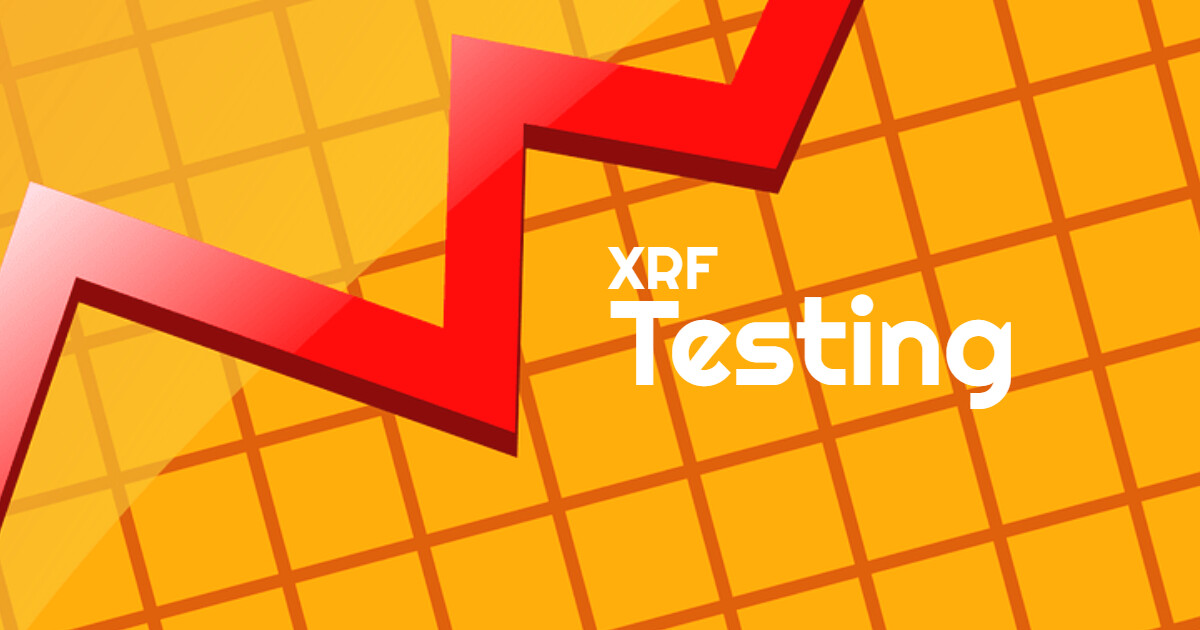
Assay refers to the meticulous analysis and testing of precious metals to determine their purity and quality


XRF TESTING
We employ advanced XRF (Handheld X-Ray) Spectrometers to provide an initial assessment of your lot’s purity. While XRF readings are generally accurate, some lots may include precious metal plates or significant alloying with other metals. Therefore, we perform comprehensive fire or ultrasound assays (depending on the metal) to verify our initial findings.
For lots containing gold, we conduct an Acid Test to determine its purity. By combining XRF, acid testing, and fire or ultrasound assays, we ensure the most precise assessment of your lot’s overall purity, potentially enhancing its total value.


ACID TESTING
Due to their inherent inertness, precious metals resist chemical reactions such as acid, oxidation, and corrosion.
In gold assaying, acid testing is commonly used. This process involves applying the mineral’s streak on a stone and treating it with varying concentrations of nitric acid.
We rub a sample of the precious metal on a touchstone and apply a mild concentration of nitric acid. If the metal dissolves, it is unlikely to contain gold. If it does not dissolve, we observe the reaction level to estimate the gold’s approximate purity.


FIRE ASSAY
The fire assay method is our final testing step, involving the melting of your lot.
First, a sample of your precious metal lot is mixed with a fluxing agent to lower its melting point and remove impurities. A collecting agent, typically nickel or lead, is then added. This agent collects at the base of the crucible as a bead, which is extracted after the process.
If lead is used as the collector, it absorbs into the cupel furnace, leaving behind the precious metal content of the lot. As a leading refinery in New York, we employ modern, highly efficient equipment and cutting-edge technology to ensure precise execution of our assaying process.
